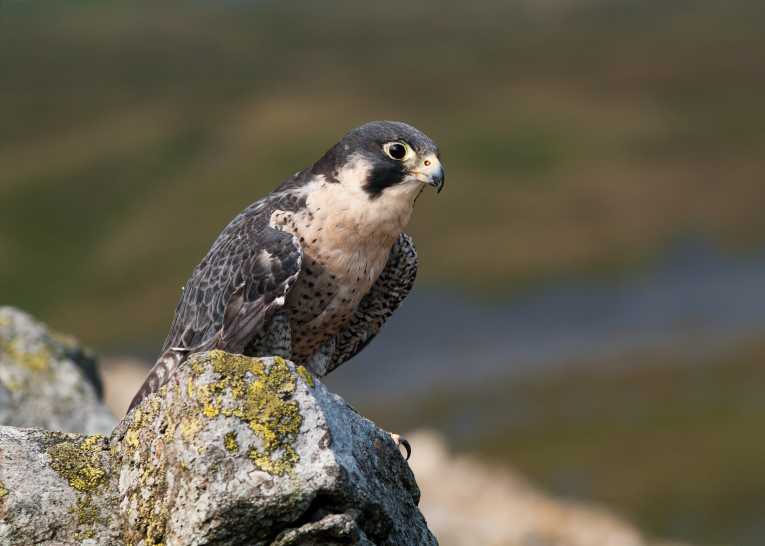Researchers studying peregrine falcon eggs in Spain and Canada have found that chemicals commonly added to fabrics and plastics as flame retardants have been transferred to the eggs of these majestic birds.
Flame retardants generally contain highly toxic chemical compounds that are designed to stop plastics, materials and other products from easily burning by inhibiting or resisting the spread of fire. Ethel Eljarrat, a scientist based at the Institute of Environmental Assessment and Water Studies and co-author of the study says that ''the presence of 'dechlorane plus' and other related, chlorinated compounds used as flame retardants have been detected for the first time in the European biota''.
One of the reasons for choosing the peregrine falcon as the species for this particular study was because they are known to accumulate the substances and compounds eaten by their prey. The peregrine falcon has only just recovered from a period of being endangered in the northern hemisphere due to the widespread use of organochlorine pesticides, particularly DDT.
The study looked at eggs that had failed to hatch in falcon nests around Spain and Canada, including the Great Lakes Region. It was discovered that the levels of chemical compounds were higher in the eggs of birds living in coastal environments. It is thought this is due to the fact that coastal falcons would feed on birds that had eaten fish which were likely to be highly contaminated. The researchers confirmed that these toxic chemical compounds are now bio-accumulating throughout the food chain.
The egg samples taken from Canadian nests had significantly higher concentrations of the flame retardants. Scientists believe this is because much of the industry where these compounds are manufactured is located around the New York State area close to where the falcon nests are found.
Researchers have also confirmed the presence of these particular chemical compounds in fish and sediment in Spanish rivers. Other flame retardants have been proven to be toxic endocrine disruptors which have led to their use being banned in Europe and America in some commercial mixes. Discovering the presence of the toxins in the eggs of peregrine falcons is one step towards understanding the effects these chemicals are having on falcon development as well as the surrounding environment.










